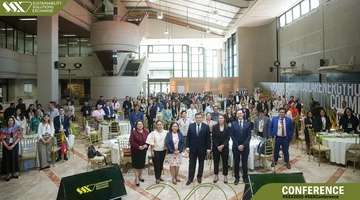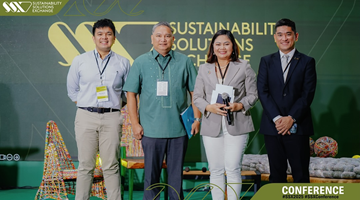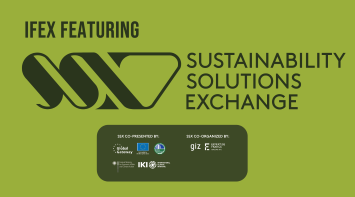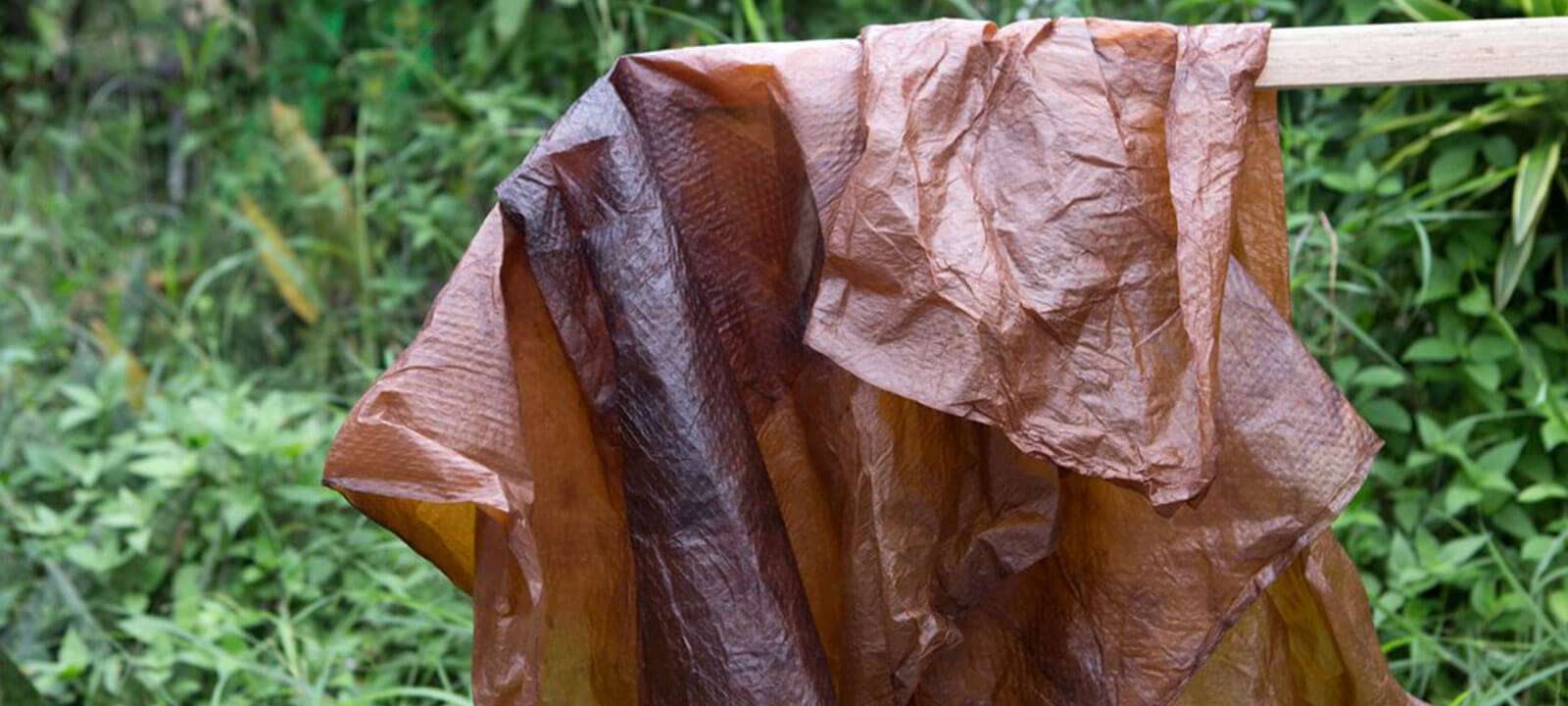POSTED Mar 29, 2022 - 01:06 PM
The Most Promising Sustainable Innovations So Far
When plastic was first invented in the early 1900s (then called Bakelite), it was marketed as a “material of a thousand uses.”
When plastic was first invented in the early 1900s (then called Bakelite), it was marketed as a “material of a thousand uses.” Throughout and after the second World War, the plastic industry expanded, and more and more people found use for and purchased products made of the material. It was and still is seen as an innovative solution for packaging of all forms—it is sturdy, adaptable to a variety of uses, and easier and cheaper to mass produce than most packaging options. However, with decades of excessive inclusion of plastic products across all industries, scientific discoveries on the properties of plastic have shown how it continues to affect the environment even after being disposed of.
This, coupled with the observable, immediate effects of waste to the global climate, has led researchers and product developers to come up with alternatives to the versatile material. The global imperative to neutralize, if not reverse, the negative environmental effects of industrialization have also led scientists to turn to more renewable materials and resources as alternatives.
From vegan or plant-based textiles and compostable packaging to repurposed waste, here are the key innovations to pay close attention to and to support.
Bacterial/microbial leather
The vegan movement[1] has grown exponentially in recent years, and has extended far beyond the food industry. In fashion, alternatives to leather have been developed out of plant parts and vegetable waste. Bacteria and microbes have also been seen as conducive catalysts to developing leather that is both vegan and compostable.
Suzanne Lee of London-based design consultancy BioCouture says in an interview that microbes are “the factories of the future,” noting that organisms such as bacteria, yeast, fungi, and algae can be used to grow a variety of materials.
Their company has in fact been able to create products such as jackets and shoes using cellulose-like materials produced by bacteria. These materials have properties similar to leather.
Meanwhile, American biotechnology company Modern Meadow “uses biofabrication to create sustainable materials.” For example, they have developed a way to grow leather using a specific strain of yeast. The yeast was genetically engineered to make collagen, the protein that makes leather strong and stretchy.
According to The Atlantic: “Traditionally, making leather amounts to removing almost everything from [cow] skin (fat, hair, etc.) that isn’t collagen. Modern Meadow is basically skipping ahead. Once purified, pressed into sheets, and tanned, their vat-grown collagen becomes, essentially, leather.
No dead cows. No scars or nicks. And none of the petrochemicals used to make pleather or vegan leather.”
In the Philippines, microbial leather[2] is also being studied and developed, although it has yet to be used commercially.
Durian packaging
In 2018, researchers from Nanyang Technological University (NTU) in Singapore were originally studying how to develop a natural food stabilizer from durian seeds. The professor leading the study, William Chen, later found another sustainable use for the fruit, this time for its husk. Pectin from the durian’s husk can be made into “sheets” that can then be used for packaging.
NTU’s durian packaging is made by cutting, grounding, and shredding the husks to extract cellulose powder, which is then mixed with natural solutions to turn it into thick, flexible sheets. The sheets can be planted and decomposed.
A 2020 research by the International Islamic University Malaysia (IIUM) also used durian skin to develop biodegradable packaging material. The research focused on developing a “biocomposite (a material made of more than one type of composite, with at least one being naturally derived) that would be a suitable replacement for current food packaging.”
The biocomposite IIUM researchers came up with was made from polylactic acid, durian skin fiber, and epoxidized palm oil. Research is still ongoing.
Pineapple paper, leather
Pineapple fiber has long been used locally to create textiles[3] , traditionally woven into piña fabric. Sustainable textile developer Ananas Anam, which is behind Piñatex, has also been using fiber from pineapple leaves to create a new type of textile closer to leather.
Aside from this, pineapple leaves have also recently been developed locally into paper. In 2018, the Design Center of the Philippines showcased “pinyapel,” a type of paper product recycled from disposed pineapple leaves. The paper is suitable for writing, though not as a liquid container. As of now, pinyapel sheets have been used to make gift bags, corrugated sheets, and paper cup sleeves.
There is still a lot of research and development ongoing in the field of bio- and natural innovations. Turning back to basic resources like plants, bacteria, and other materials already and still abundant in nature, as well as reexamining the compositions of products initially sent away as waste, are key to these discoveries. With the rate our material innovations are going, coupled with the growing interest among businesses and designers to adapt these new materials, there is hope for more sustainable development.
For more information and news on business visit CREATE Philippines and IFEXCONNECT
Read more

CITEM Market Sensing Mission to Taiwan to strengthen PH SDG competency
Making serious strides toward strengthening the country’s sustainability footprint, CITEM travels to... Learn More

EU, PH push for green solutions in food industry at Sustainability Solutions Exchange 2025
Aiming to develop a sustainable Philippine food industry, the European Union (EU) and the Department... Learn More

SSX Conference yields strategies for circular PH food industry
Transformative ideas took root at the Sustainability Solutions Exchange (SSX) Conference, where entr... Learn More

EU, PH aim to future-proof Philippine food industry at SSX 2025
In partnership with the European Union (EU), the Department of Trade and Industry’s Center for Inter... Learn More
